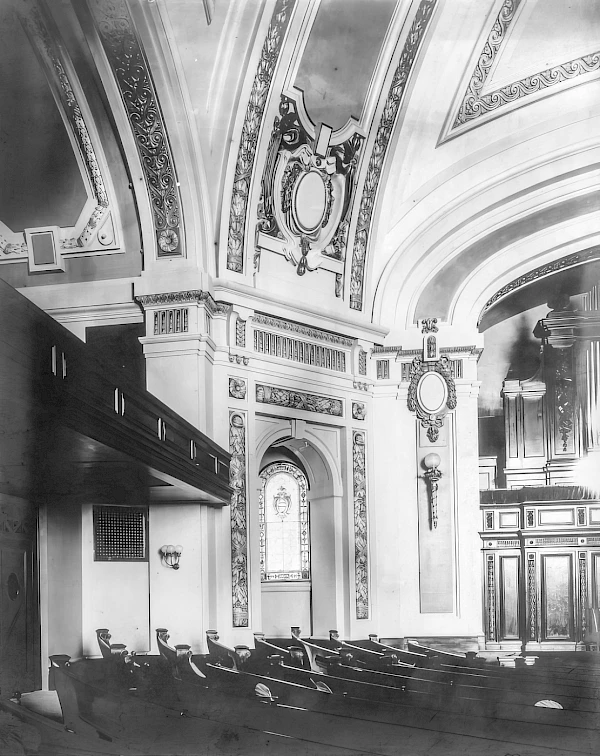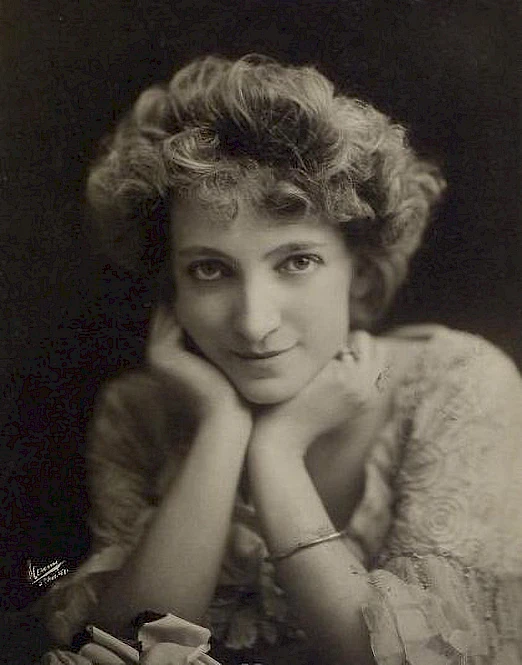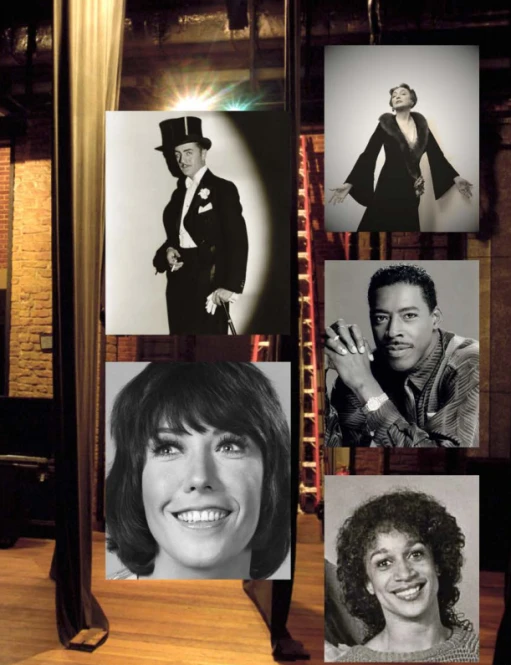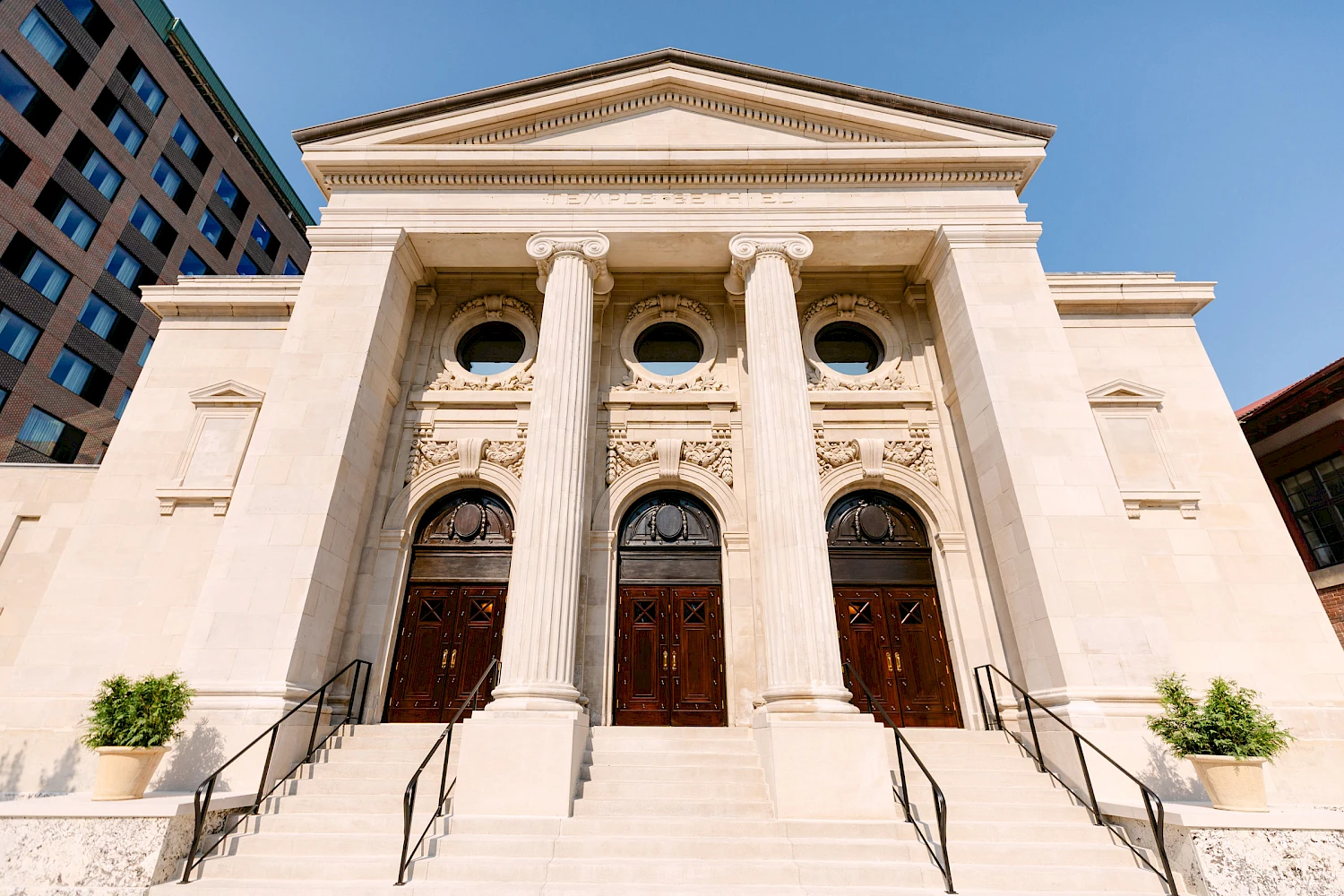1925
The Playhouse
In 1925, the former Temple Beth El became home to a professional theater company led by actress and director Jessie Bonstelle. Architect C. Howard Crane- who designed Detroit's Orchestra Hall, Fox and United Artists theaters, and what is today the Detroit Opera House, among others- was hired to adapt the space into the Bonstelle Playhouse. The interior was redesigned in the "Italian style," seating was added, and the façade simplified to accommodate theatrical use.
The Bonstelle Playhouse gained national respect, performing more than 25 plays per year and hosting concerts, speeches, and church services. But in 1929, just four years after its opening, the world shifted. The Bonstelle could not financially weather the storm of the Great Depression and closed its doors.
In the wake of the Depression, the theater found new life as a movie house, illuminating its stage with the timeless glow of Hollywood's Golden Age. Then, in 1951, a new act began- Wayne State University acquired the building, restoring both its theatrical roots and its storied name: The Bonstelle.





